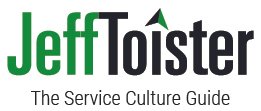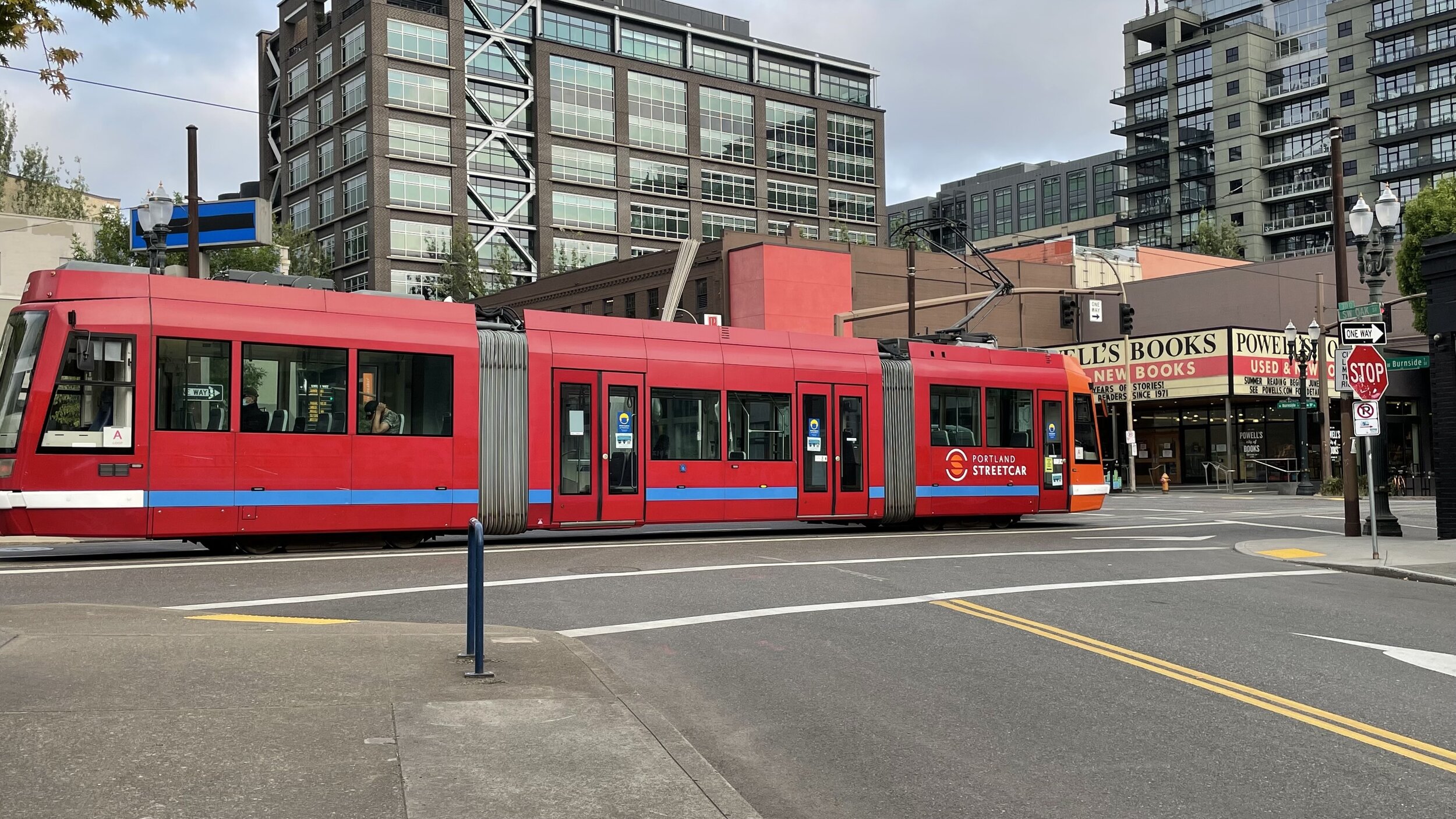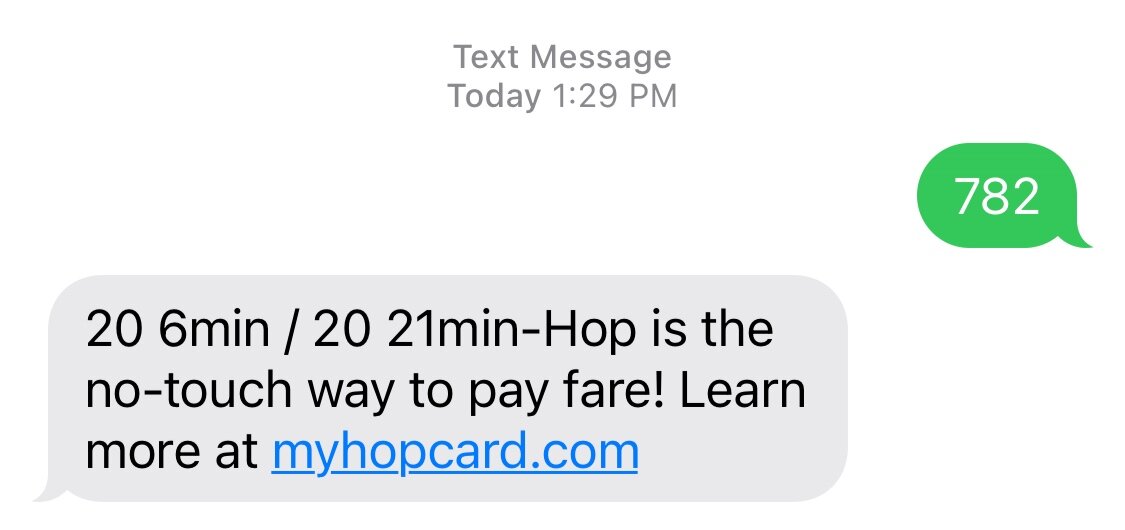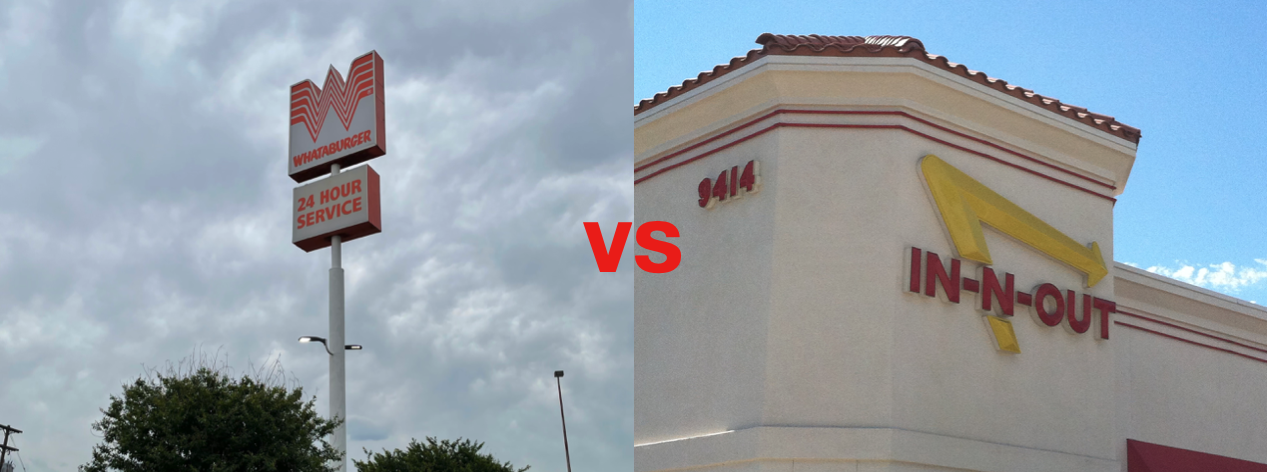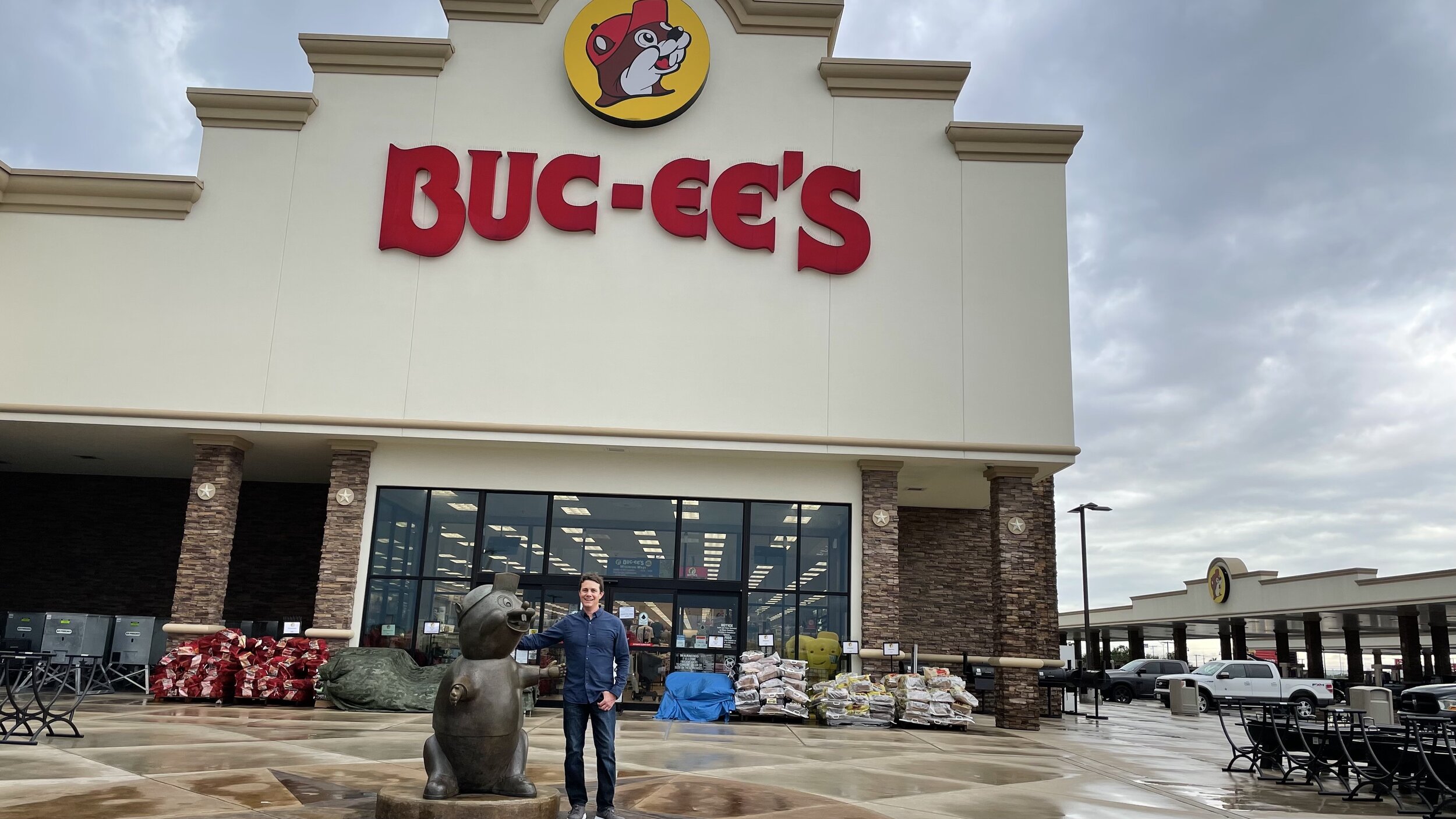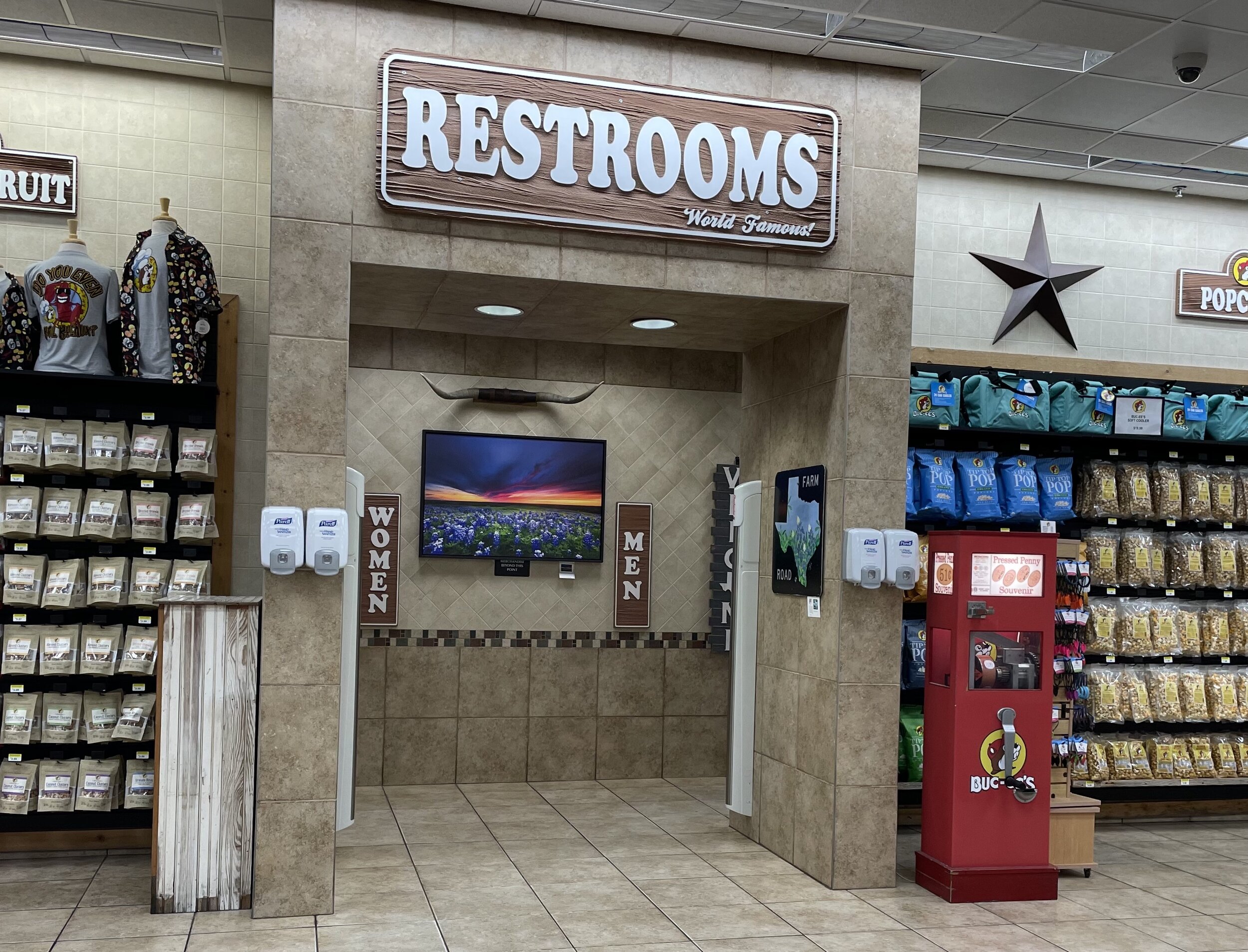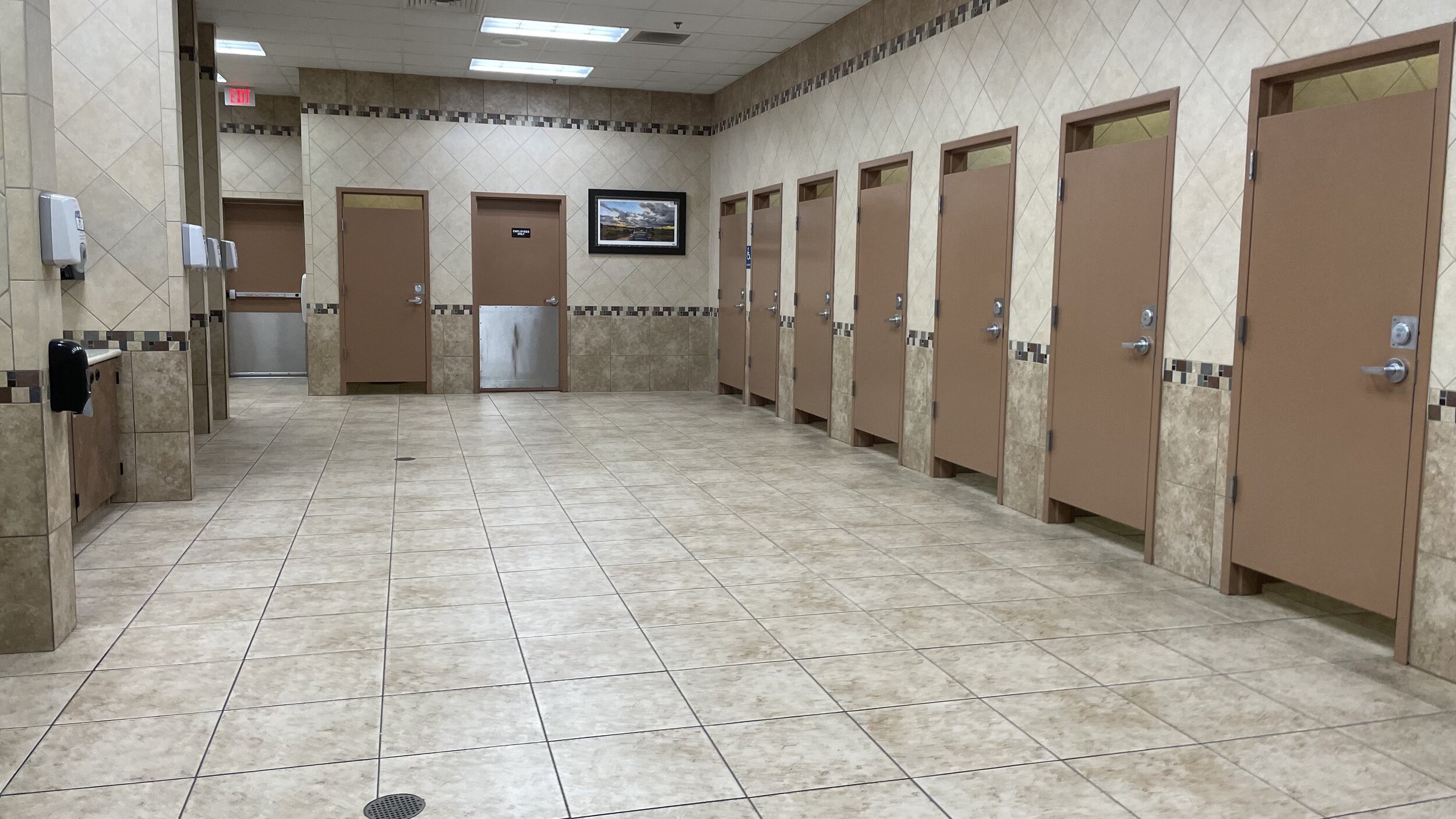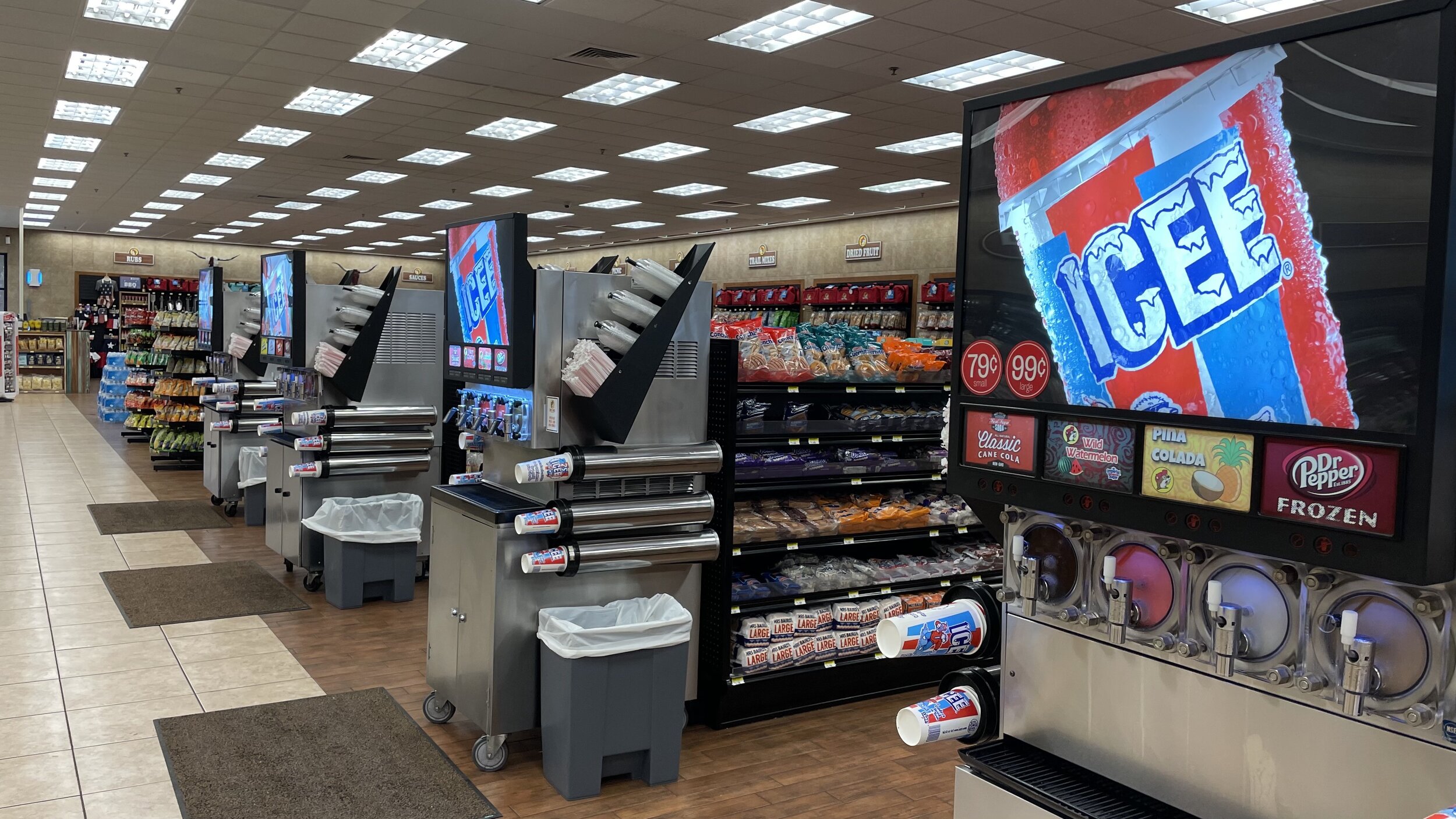Early in my career, I lucked into a solution to a challenging project.
My department was asked to create a training program to help contact center agents pitch the company credit card to customers who called in to place an order from our catalog.
A computer program ran in the background during each call to determine if the customer was eligible for the company credit card. When they were, a little box popped up on the agent's screen that prompted the agent to offer the card.
Our success rate averaged averaged five percent. It needed to be 20.
The instinctive move would be to gather the management team in a conference room and invent something. That's how the request came to me: "Let's call a meeting to talk about what needs to be in the agent sales training program."
I'm glad I didn't do that.
Something told me to look at the numbers. You see, 5 percent was just the average. That meant some agents did worse, but a few did better.
One agent, Betty, really stood out.
Betty successfully pitched the credit card 40 percent of the time. Even better, she did it consistently, shift after shift. Nobody else was even close.
So I spent some time with Betty.
That conversation forever changed how I solve customer service problems. From that point forward, I always tried to start by finding a Betty.
Here's all you need to know about finding Betty in your own organization.
Who is a Betty?
Betty is an employee who already knows a solution to the problem.
It could be how to solve a complicated technical issue, calm down an upset customer, or pitch a company credit card.
Their knowledge is often not contained in official policies, procedures, or training programs. In many cases, the solution runs counter to the established way of doing things.
Bettys are often eager to share what they know. They can also be frustrated if they don't get the opportunity to pass the solution along to the rest of the team.
My Betty certainly felt frustrated.
She enthusiastically shared her credit card pitching secrets with me, but she also expressed disappointment that nobody else had asked her about it. Her team never met as a group and her boss was always too busy.
Betty cared deeply about doing a great job, and wanted to help others succeed as well.
How can you find your Betty?
There are a few ways to find your Betty when trying to solve a customer service problem. The important thing is to look for an employee who consistently generates great results.
Performance reports will sometimes make it easy.
There were over a thousand contact center agents pitching the credit card, but I found my Betty on a report. She was easy to find because her credit card pitch success rate was tremendous.
There are other times when you have to work a little harder. Here are a few things that have worked for me:
Visit employees on various shifts at various locations.
Talk to employees who encounter the problem most often.
Ask employees for input in team meetings.
When in doubt, I often start with the most experienced employees. Yes, some employees become set in their ways over time. Other employees, like Betty, use their experience to anticipate solutions to new problems.
What do you do once you find Betty?
Go spend time observing Betty doing the job. The goal is to discover their secrets so you can share them with the rest of the team.
Your role here is to observe and listen. A few things stood out as I watched Betty.
She made each offer with enthusiasm.
Every offer included a brief explanation of the credit card's benefits.
Betty closed the offer by inviting the customer to use the card right away.
Another thing I noticed was that Betty got excited and said, "Congratulations!" when offering the card.
It's helpful to ask questions while doing an observation like this, so I asked Betty why she used the word, "Congratulations." She explained that she wanted the customer to feel special, like getting approved for the credit card was a big deal.
Some people worry that employees won't be honest or forthcoming when you observe them. That's not been my experience at all.
I've found that Bettys are usually eager to share what they know. They generally want other employees to benefit from their discovery and are willing to share if they believe you are there to help spread the word.
What do you do after spending time with Betty?
It's often helpful to find out what other employees are doing so you can compare their process to Betty's. This often makes the differences even clearer.
For the credit card project, I spent time with other agents who did well, some agents who were average, and a few agents who never got customers to accept the credit card.
This really crystalized what Betty did so well.
The agents who had a five percent success rate simply read the offer to the customer when it popped up on the screen. "You've been pre-approved for our credit card. Would you like to sign up?"
Most of them didn’t know the features and benefits that came with the card, so they weren’t sure why a customer would want it. That led to an unenthusiastic sales pitch.
By contrast, Betty used a slightly different approach.
"Congratulations! You've been pre-approved for our credit card! It's a great way to keep track of all your purchases with us. Would you like to use it on today's order?"
[Note: this was before online ordering, when it was much more difficult to keep track of the orders you placed with a company. Using a company credit card to track your purchases was a big benefit back then.]
The contrast between Betty's approach and the agents whose success rate was zero was even more clear. Those agents told me they felt uncomfortable pitching the card, so they didn't.
I asked them if their supervisor ever talked to them about it and they all said no. One agent pointed out that the credit card offer wasn't on their quality assurance scorecard, so they weren't held accountable for the results.
If you had been there, you would have seen a lightbulb appear above my head.
How can you share what you learned from Betty?
The final step in the process is to share Betty's solution with the rest of the team. This could be a short update to the team, a new process, or even a training program.
In my case, I compiled a list of solutions that went beyond just a training program.
Add "Congratulations!" to the screen pop telling agents to make the offer.
Give agents a job aid with the credit card's features and benefits.
Add the credit card offer to the quality assurance form.
The training program I created lasted just 30 minutes.
Some agents were initially reluctant to try the techniques I shared with them, but almost all of them changed their tune when they learned the techniques came from Betty, not management. That’s another bonus that comes with finding your Betty: more credibility.
And the best part? Our average credit card success rate quickly climbed to 20 percent.
You can learn about using techniques like this from my LinkedIn Learning course, Quick Fixes to Attain Excellent Customer Service.
A LinkedIn Learning subscription is required to view the entire course, but you can watch a short preview here.
